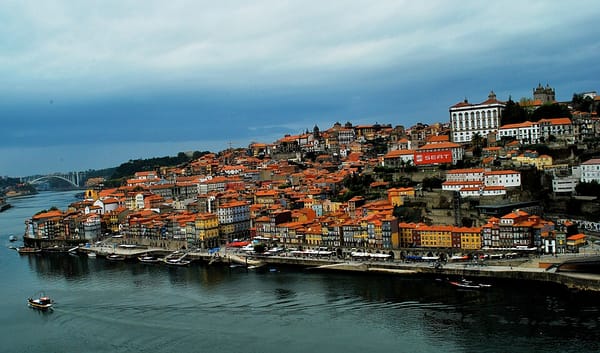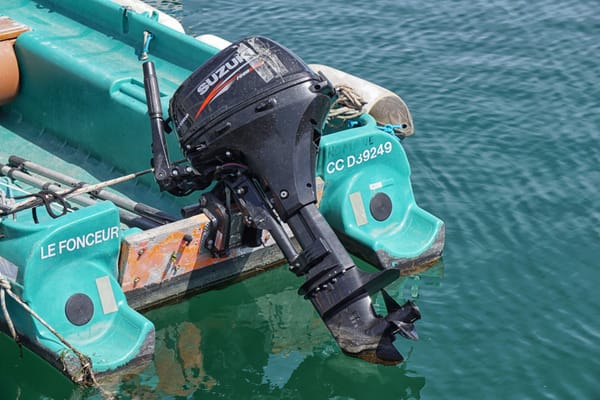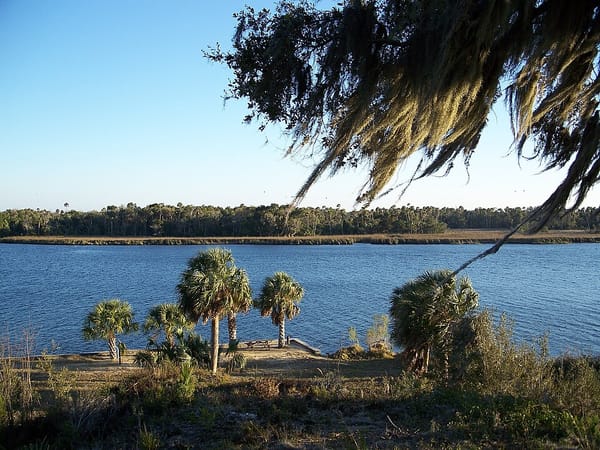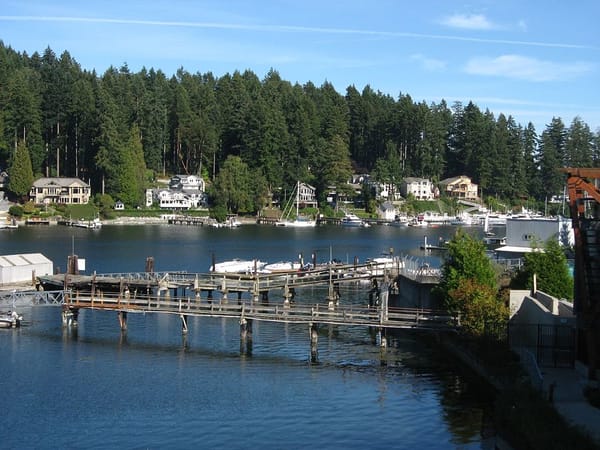Boating Basics: Boat Navigation Lights
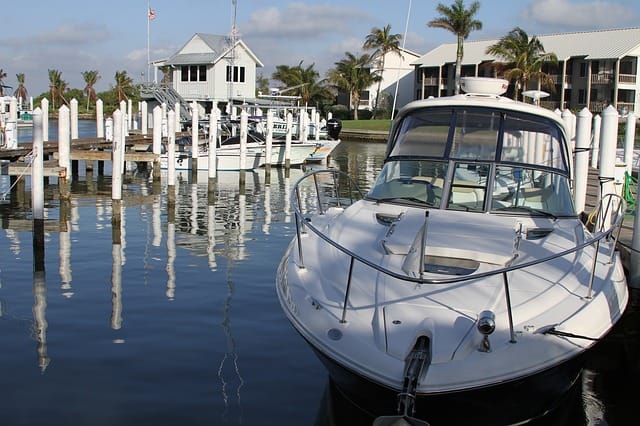
Sunset sails are one of the best times to take off from a private boat dock rental. Then, there’s night fishing and diving, decktop 4th of July firework watching and returning from a delicious dock and dine restaurant. These are all some of our favorite boating activities. There’s just one drawback to all of this. It gets right dark out on the water.
Boat navigation lights are an essential tool for boating safety and accident avoidance. By providing that necessary illumination, they allow you to see other boats and land masses, which means those things can see you (the boaters, land masses can’t see). Before you leave the marina, ramp or boat dock for rent, there are important things to know about lights.
Today, we’re going to talk about navigation lights. Even if you only go out during the day, it’s necessary to know just what those lights are for (and how and when to use them). Actually, it’s not just a good idea. It’s a legal responsibility. Let’s get started!
Reasons for Boat Navigation Lights

Photo: Wikimedia
- To know the type and direction of other boats, ships and vessels (and to indicate your boat’s intentions to them)
- Boaters are legally required to display correct lights at night or during reduced visibility
- Boaters are legally responsible for displaying lights that have the proper color, intensity, location and visibility in all types of weather
Navigation lights, also known as running or position lights, have specific colors: red, white, blue, green and yellow. Red, green and white are the most common colors. Commercial vessels usually use yellow lights. Yellow lights can also mean that a boat is towing another boat. You might see a yellow light on a tugboat pushing a barge.
Most boat navigation lights are “steady,” which means they don’t flash. Yellow and blue flashing lights are a special purpose situation, such as marking submarines, police boats, public service vessels and hovercrafts.
Power Boat Navigation Lights
Sidelights
Sidelights (also called combination lights) are visible to other boats from the sides or from head-on. Red lights are on the port side. Green lights are on the starboard side.
Masthead Lights
The masthead light is the white light that shines forward and off to both the left and right sides.
Stern Lights
The stern light is the white light at the boat’s center stern. It’s visible from behind the boat.
At Anchor
While at anchor, all of the round white lights are required to be used when the boat is in an area that’s not a designated anchoring area.
Diving Lights
Night diving can be an awesome experience if proper safety precautions and lighting requirements are followed. A night diving configuration consists of three vertical masthead lights with a red-white-red sequence. Be aware of distance between yourself and other boats as well as any divers who might be in the water. Be sure that your lighting system is in working order before leaving a boat dock rental or pushing off at the ramp.
Sailboats and Vessels with Oars and Paddles
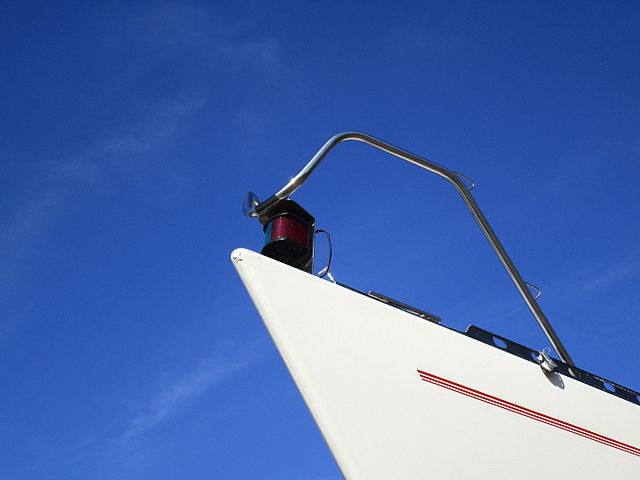
Photo: C. Carter (CC License/Wikimedia)
Sailboats under 23 feet are only required to use a white light (like a flashlight or a lantern) at night (between sunset and sunrise) or during reduced visibility. While not required, sidelights are also a good idea. It goes without saying that kayaks, rowboats and canoes are required to display a white light during these times as well.
We hope this has helped with any questions you might have about boat navigation lighting. They'll help you safely get back to a private boat lift for rent, a marina or the boat ramp.
